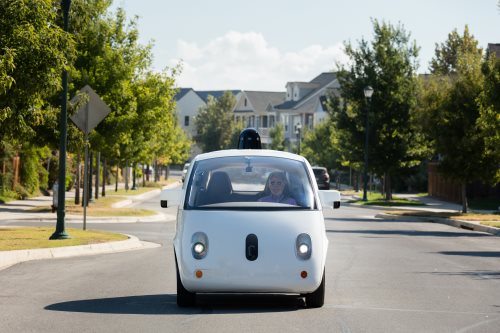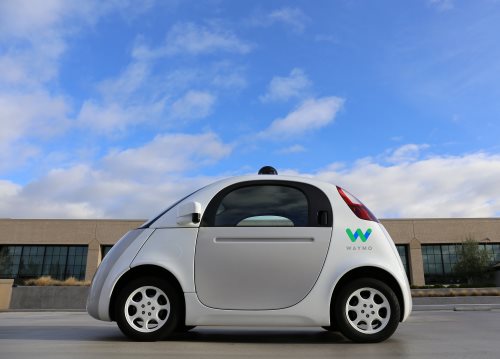
Do you find it uncomfortable to make small talk with a cab driver? If so, you may be pleased to hear that self-driving taxis are currently in the works. They’re not quite all the way there yet – you may be hard-pressed to find one operating in your city, for example – but with the limited companies around the world adopting this new era of IoT, it’s a good time to take a look at this emerging technology and ask ourselves if it’s something we’d like to see in the future.
How Are They Shaping Up?
Smart taxis are a little further deployed than you may first think. In America Waymo is already showing off their self-driving taxis in Phoenix, Arizona. London is set to see them in 2021, and Yandex is performing test drives with its own taxis. Clearly, this not really a case of if we’ll see self-driving taxis but more a case of when.

In terms of the cost to ride one, self-driving taxis are set to beat out their manual counterparts. Waymo’s prices are designed to be on par with Uber and cheaper than hiring a local taxi. The plan for London’s taxis also pins the fares as cheaper than a manual drive. The fact that there’s no driver in the front seat that requires a salary means that the smart taxis can be priced at a competitive rate versus a manned vehicle.
The Issues
Everything’s not so glamorous, however. Self-driving AI still isn’t at its best. Waymo is having issues within its own home turf, with the automated cars driving in ways that annoy their human counterparts. It’s so bad that Waymo still requires an actual human in the car to perform complicated maneuvers, which some may consider to be defeating the purpose!

Self-driving cars also have some annoying problems which make automated taxis not a great choice for the time being. For example, they can’t handle rain, a light dusting of snow, or seagulls standing on the road. Meanwhile, London is so complicated that the 2021 plans aren’t for automated cars that can plan their own route; they’ll be more like self-driving shuttle buses that follow very particular routes. There’s every chance that they’ll be “upgraded” later on in their lives, but for now, the manufacturers are playing it safe.
The Future of Smart Taxis
Would you ride in a smart taxi? At this current moment, I don’t think I would. There seems to be a lot of issues that still need to be ironed out before you could truly have a driverless and safe taxi system in place. The very fact that Waymo is still depending on human intervention to ensure a safe drive is enough proof for me to stick with services such as Uber for the time being.

However, at the same time London’s plans do interest me a lot more. While putting my safety in the hands of a robotic car that is terrified of seagulls isn’t my idea of comfort, I do like the idea of automated taxis acting as shuttle buses to begin with. Hop in a car at pre-designated point A and get off at pre-designated point B, much like a personal bus that doesn’t stop for other passengers. A taxi service set up this way doesn’t need to worry about driving through the entire city; it just needs to focus on a select few paths (A->B, B->C, A->C, etc.), and any problems that crop up on those set paths can be worked out and solved as time goes on.
Taxi, Please
With self-driving cars come their taxi brethren, with optimistic reports showing them to be cheaper than a manually-driven one. Despite this, there’s still a lot of problems that need to be ironed out before we can zip around the city on the cheap.
Would you get into a self-driving taxi? Let us know below.
Get the best of IoT Tech Trends delivered right to your inbox!







